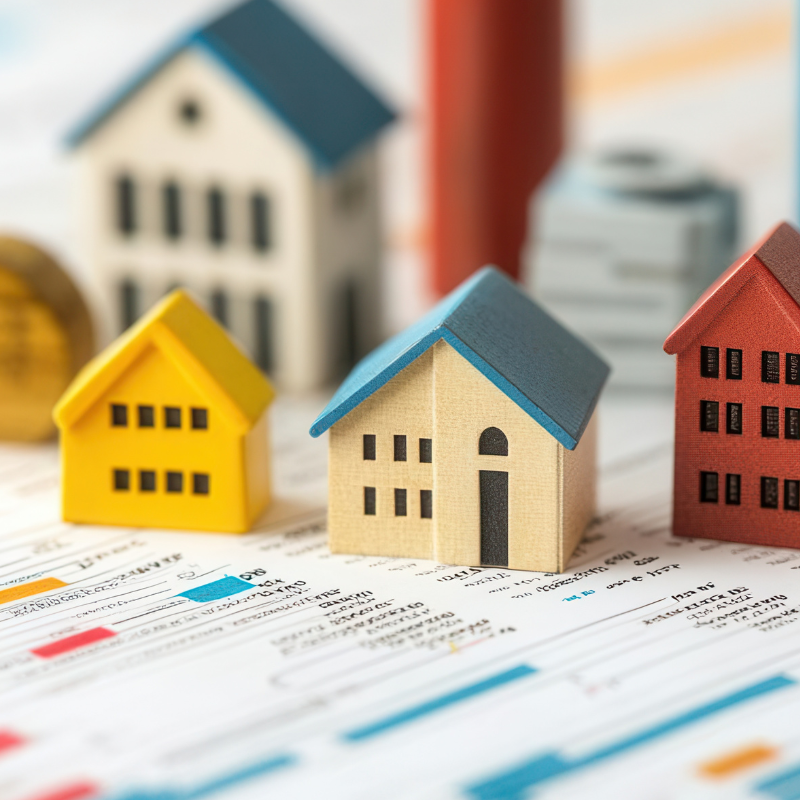In many ways, New York City offers a concentrated look at the financial health of urban America. Since the onset of the Coronavirus pandemic, this look into America’s economy has been a grim one and has shown a high level of uncertainty for the future of life in big cities.
In March 2020, New York was hit first and hit hardest by COVID-19 of all American cities. Along with alarming infection numbers, bleak economic data began pouring out of New York, which is still showing a lingering impact half a year later. Unemployment in New York City still eclipses the national average with a 14.1% unemployment rate in September 2020. A prolonged period of high unemployment has had a ripple effect throughout New York City’s real estate industry and has cast uncertainty into the future of New York housing.
As unemployment remains high, many New Yorkers have struggled to meet the City’s high cost of living and make rental payments that are some of the highest in the nation. Governor Cuomo has responded in kind and extended a moratorium on residential evictions into 2021, but the pandemic shows no signs of relief in the near future, hinting that larger steps will need to be taken to bolster New York City’s housing market.
Mayor Bill de Blasio has proposed such a step, a major rezoning initiative in Soho, one of the City’s wealthiest neighborhoods, which would allow for the development of affordable housing within the neighborhood’s limits. New York City has a unique mix of wealth that is largely divided by zip code and street number, and this proposed rezoning would bring that long-held division into question. The rezoning is already facing staunch opposition in what is sure to be a highly contested battle going into the final year of de Blasio’s term as Mayor.
De Blasio’s proposal, while specific to a single neighborhood, seems to be an indicator of what the future of New York City housing might look like. An increase in affordable housing and a melding of income diversity in neighborhoods could aid in keeping those New Yorkers hit hardest by COVID-19 in a relative state of stability as we wait for stronger signs of economic recovery and, ultimately, an end to the pandemic.
Author: Douglas Falatko, Real Estate Team Member | [email protected]
Real Estate Services


